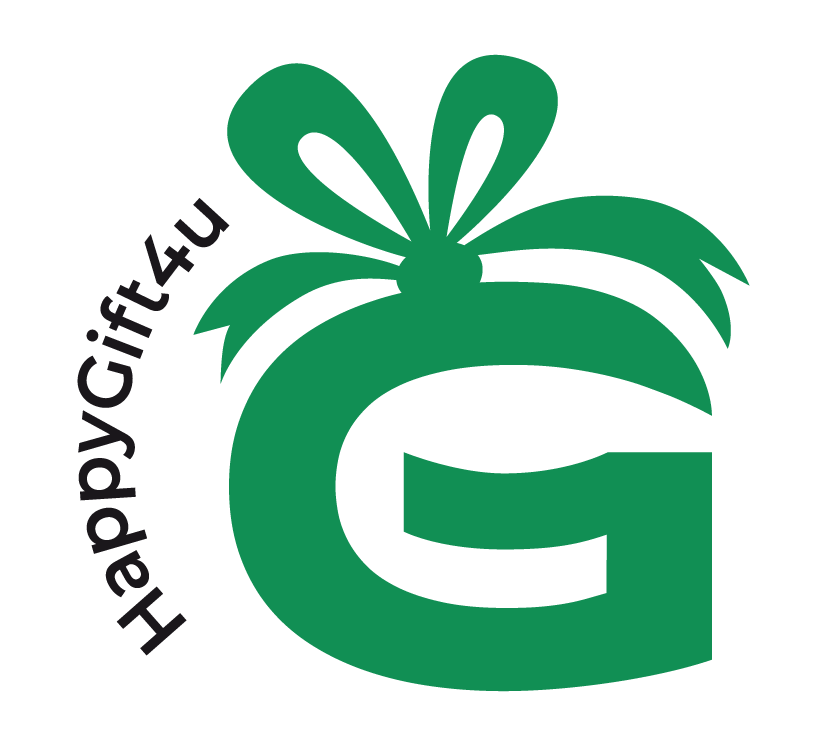
Safron
For hundreds of years, saffron has been among the most expensive spices in the world. Not even half a kilo costs around AUS $6,600.00, saffron has earned the nicknames red gold and the king of spices for its high price. It is also often said to be something like saffron.
What exactly is saffron and what makes this spice so unique? This luxurious spice in the form of dried spikelets (extended part of the pistils) of the crocus sativus plant (saffron.)
Occurrence: Saffron comes from Southwest Asia. Today, however, 90% of the world's production is grown in Iran's dry fields. It is also grown in Morocco, Spain, Italy, the Netherlands, Afghanistan, India and the USA. Now it is mostly cultivated in southern Spain, Greece, Iran and Kashmir.
Its harvest is very demanding. Precisely because of its high price, saffron is often the subject of counterfeiting. For example, fraudulent sellers spray it with water to increase its weight. True saffron should always be absolutely dry. Another way of counterfeiting is the artificial colouring of other plants, for example marigold or safflower. Do the cold water test – soak a few sprigs of saffron in a glass of cold water and see what happens. True saffron will release the colour gradually and it will take about 15 minutes for the water to turn completely yellow. However, False saffron will quickly start to release colour and not just gold. Red hues may also appear, indicating artificial colourings.
Description: The name saffron itself comes from the Arabic word Za'fran, which literally translates as "to be yellow". This name perfectly describes the yellow colour that saffron imparts to foods, fabrics and fragrance oils. Saffron (English saffron, Latin crocus sativus) are pistils of purple saffron flowers from the iris family, also known as crocus. Fragrant oil and spices are obtained by drying pistils from saffron flowers, which bloom only in autumn.
Saffron is rare and expensive for several reasons: one of them is that the flower wilts within 48 hours of opening. Therefore, every day you have to find blooming saffron flowers, harvest them by hand, and then manually separate two to three 1-3 cm long, dark red pistils (saffron threads) from each flower. Up to 150,000 flowers are needed for one kilogram of saffron. After harvesting, the pistils are dried in closed containers, where they acquire their aroma, colour and taste, which they can keep for several years. Saffron was originally cultivated only in Southwest Asia and Greece.
History: The Phoenicians traded with it for hundreds of years BC. Thanks to the Crusades in the 11th century, it gradually spread to Europe, where it is still popular today. In the Middle Ages, it was used to calm the nerves and stomach, against muscle spasms, asthma and cough.
The Egyptian queen Cleopatra, for example, added saffron to her bath to achieve greater pleasure during lovemaking.
Saffron is not grown in central Europe, but there are still two types of saffron in that area - white-flowered saffron and Carpathian saffron. It has an unmistakable place in the cosmetics and perfume industry.
Smell: Saffron smells strong, leathery, soft, earthy, like hay, slightly reminiscent of rubber. But in combination with other fragrances, it leans towards sweet, woody spicy, with violet and tobacco facets.
USE:
✅Even today, saffron is sought after for its ability to reduce fatigue and physical exhaustion.
✅It can also restore the mental balance in the body.
✅Saffron is also attributed with aphrodisiac effects
✅Saffron is the most luxurious spice that is added to food. It gives dishes an unmistakable taste and aroma.
✅But saffron served and still serves the purposes of traditional medicine.
